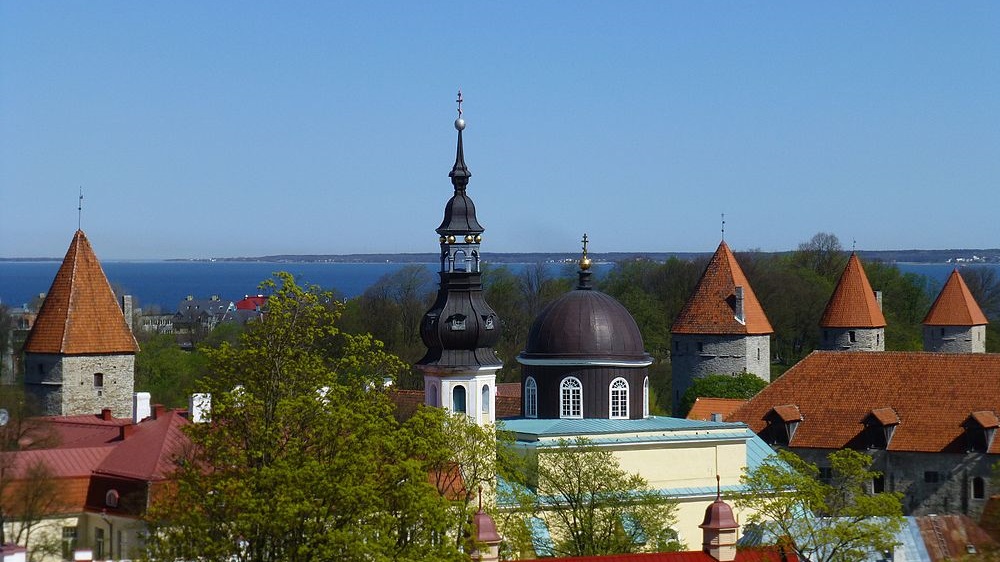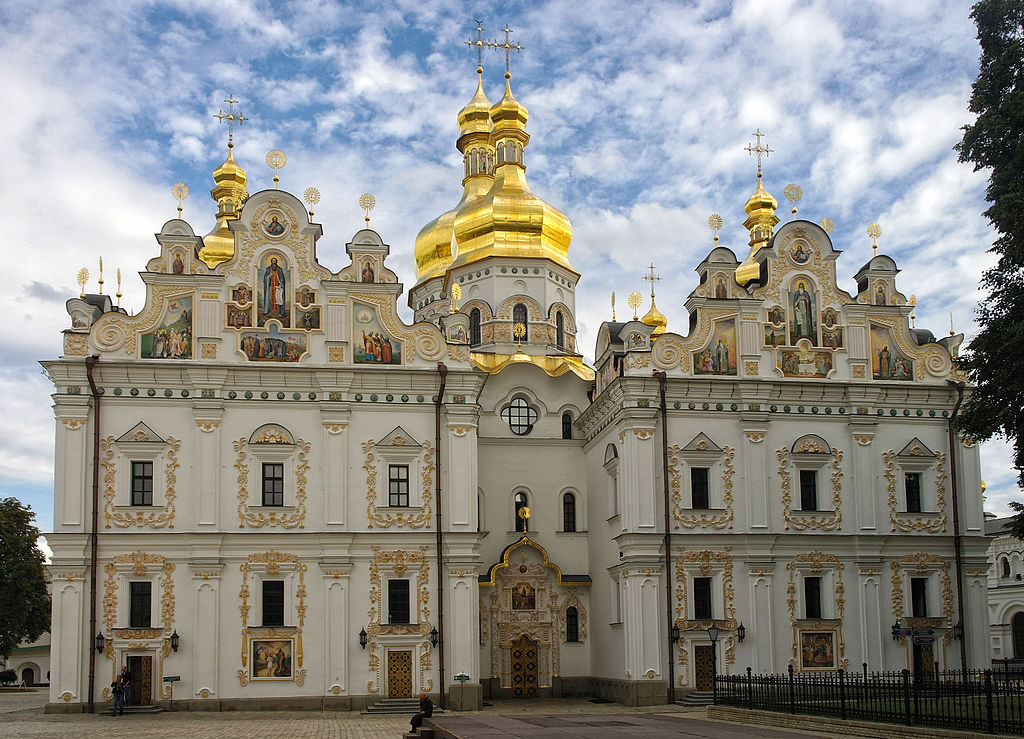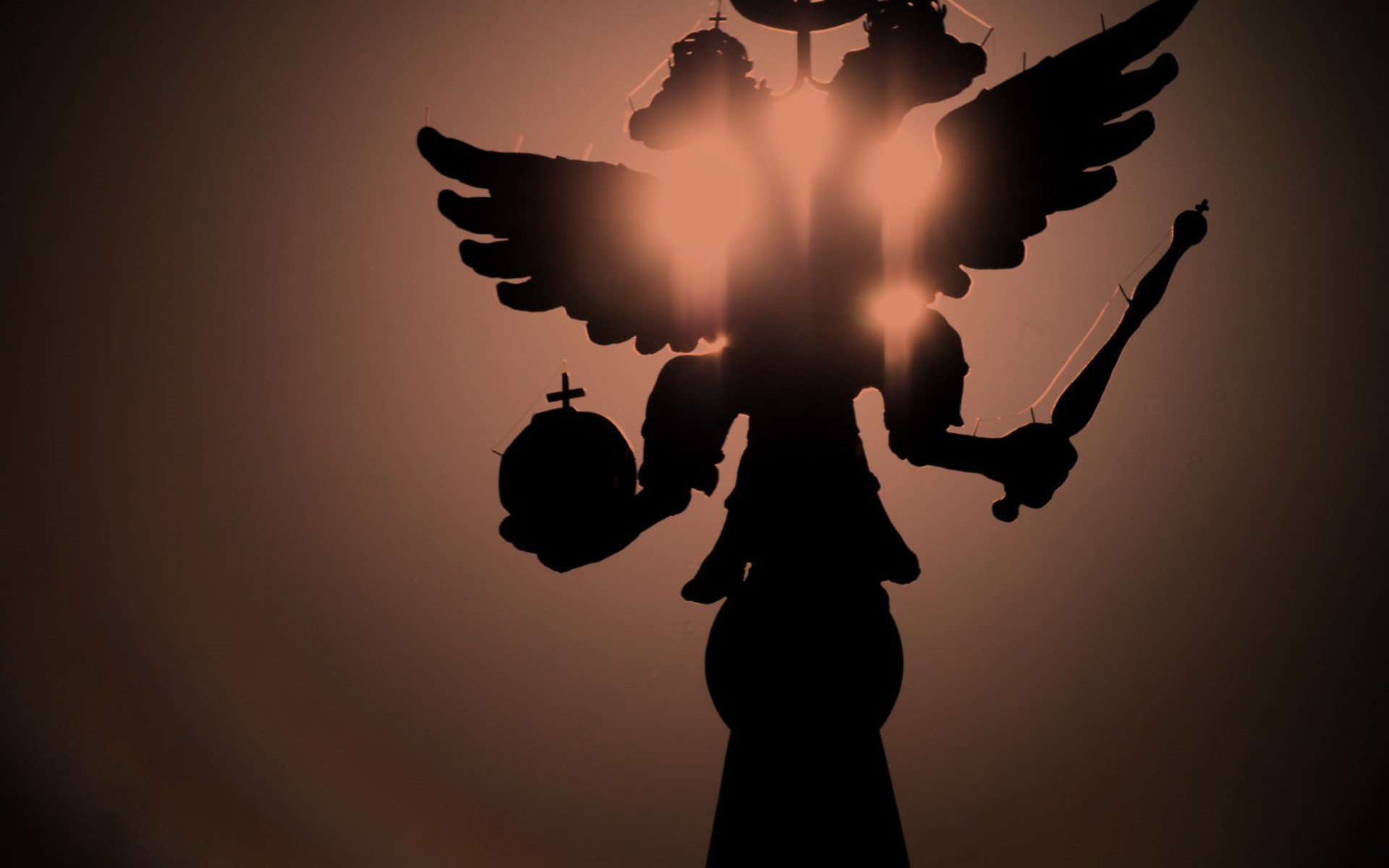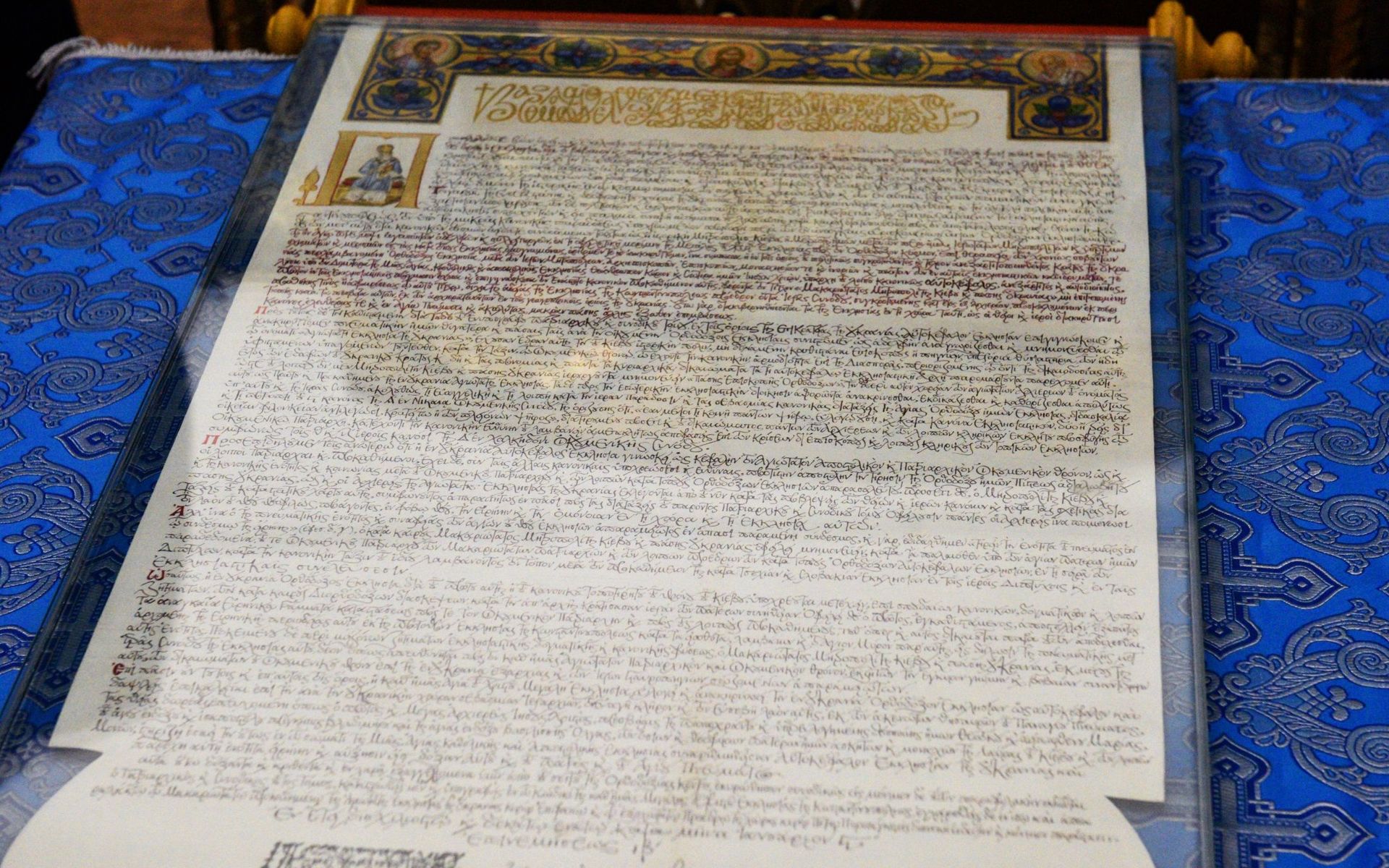Further Reading:
- Tomos ante portas: a short guide to Ukrainian church independence
- Constantinople decision on Ukrainian Church truly has global consequences
- The next domino – Belarusian Orthodox hope for autocephaly
- 38 of the 46 Ukrainian Orthodox churches in Crimea forced to close by Russian occupiers
- Ukrainian Orthodox Church Kyiv Patriarchate in Crimea evicted from Cathedral
- Ukrainian Greek Catholic Primate fears his church may be liquidated in Crimea
- Russia methodically destroys and removes cultural treasures from occupied Crimea
- Moscow having failed to block Ukrainian autocephaly now attempting to exploit it
- Constantinople moves to grant autocephaly to Ukrainian Church, outraging Moscow
- Three signs Moscow Patriarch Kirill knows he’s lost on Ukrainian autocephaly
- Implicitly conceding Ukrainian autocephaly, Moscow makes plans to split Orthodoxy and dominate one part of it, analysts say
- 900-year-old relic found under church floor in Busk, Lviv Oblast
- Why Ukraine needs a free and recognized Orthodox Church
- A Ukrainian National Church — Ukraine’s hopes and Moscow’s traps





